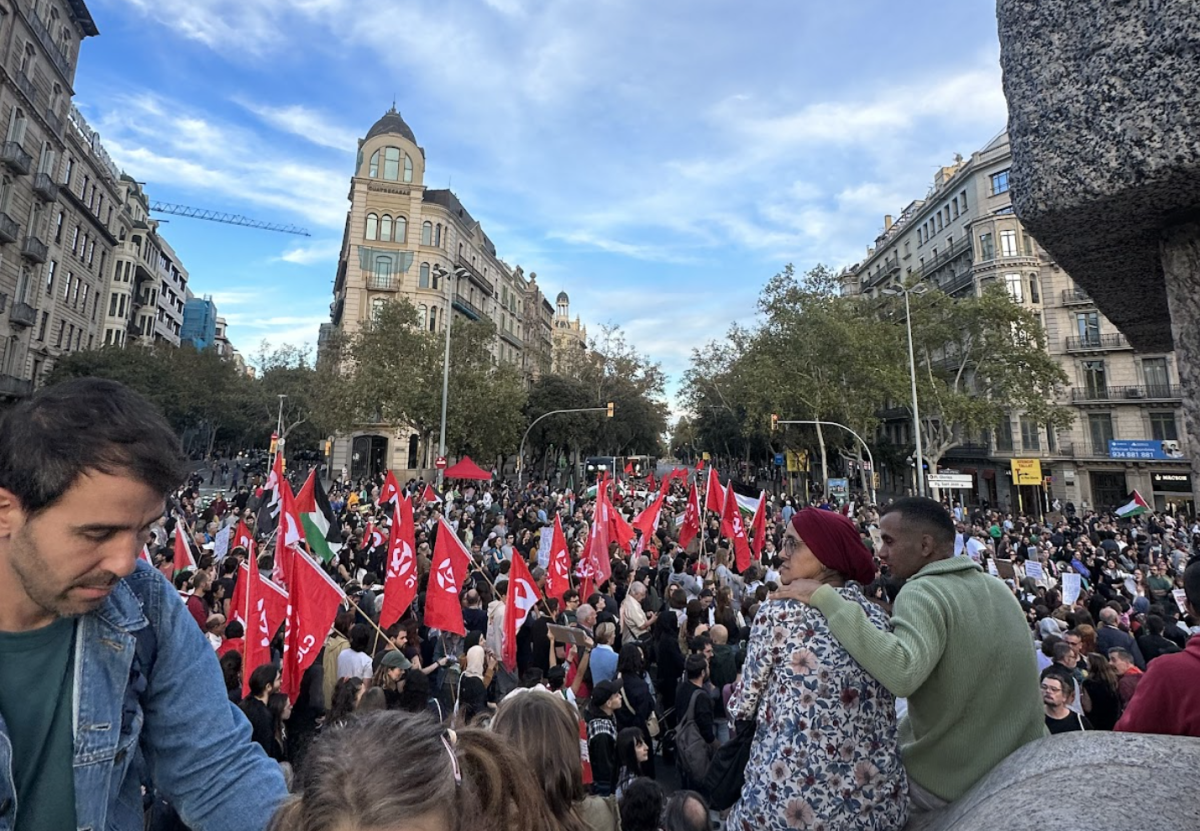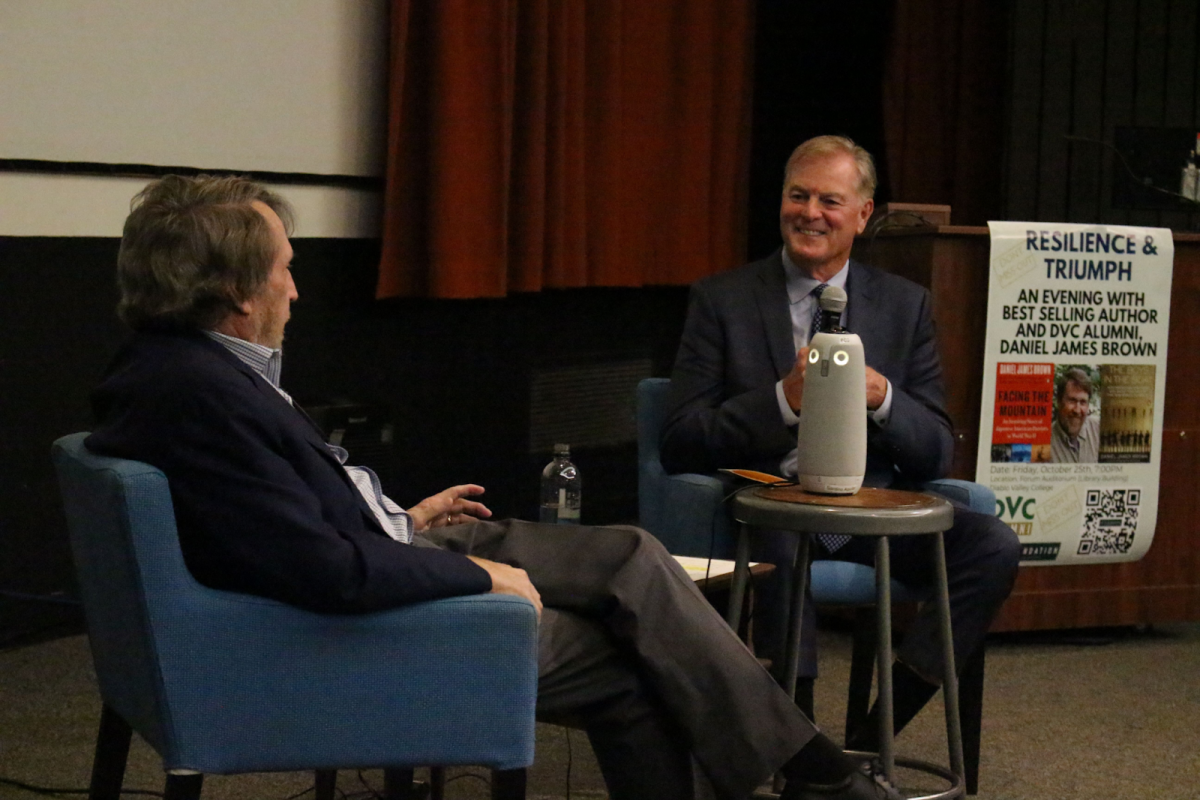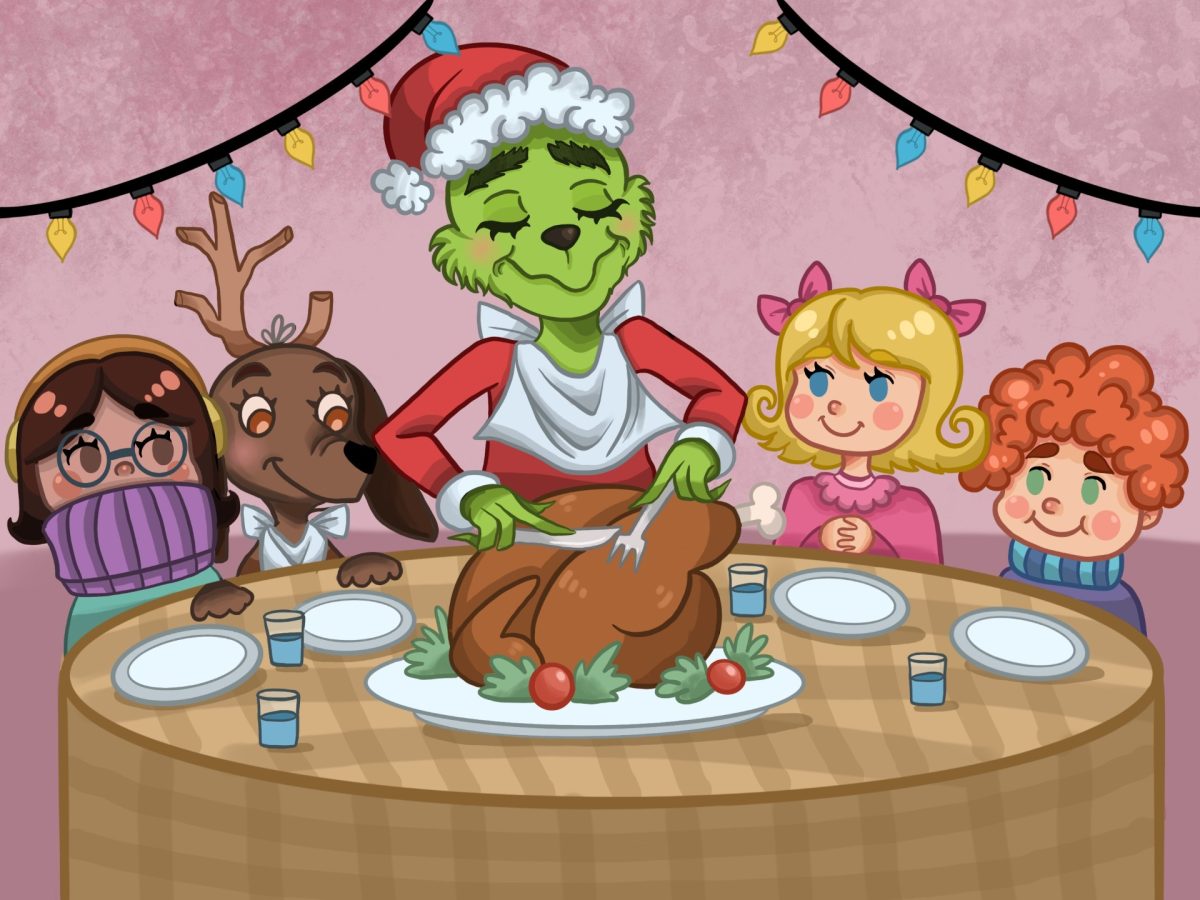Photographs of trains in black and white and colorful watercolors of slim, graceful-looking figures may seem to have nothing in common.
However, the works of artists Keith Modenbach and Biliana Stremska are united by common themes of spirituality and communication.
In each instance, the viewer must study the images to figure out their meanings.
Modenbach’s sometimes abstract images of trains and bridges suggest movement and transportation. “Trains are alive,” he said about his work.
In all of Stremska’s watercolors, one or two figures are acting out a situation where conflict or some other interaction may be occurring. They have titles like, “Sharing,” “Closed Ears,” “Misunderstanding,” and “Manna/Words.”
The works of both artists are on display in “Lifting the Veil: Images of the Numinous from Camera and Brush” until Dec. 14 in the DVC library. The exhibit is presented by the library and the Guild of Natural Science Illustrators-Northern California.
Modenbach’s images are powerful. Each one contains striking highlights and dark shadows. This style and the close ups turn the trains into abstractions.
What is so spiritual and marvelous about trains as a subject?
Modenbach said he talked to his psychologist about his work and she told him that strong visual perspectives stimulate inner perspectives.
“There is something bigger than us that connects us all,” he said.
Although at first glance, the images may seem obvious, they can lead the viewer to musing about how trains run above the earth, yet they are made of the same elements as everything else on the planet, including our own bodies. We are all made up of atoms from the universe.
The photographs also allude to life’s travels and transits. Where are we going? And they remind us of our past – the outmoded system of trains – with the sepia tone creating a warmer, old-fashioned feeling of time and place.
Stremska said her watercolors are inspired from Bible stories and from situations in her own life. They represent how humans behave and how essential it is to have good communication.
Half of her work is a series of delicate watercolors with figures painted in soft pinks and reds on an aqua background. She includes some gold luminescent paint or dust in her work, which hearkens back to illuminated scripts that were created in the Middle Ages.
Stremska said she is inspired by paintings from the Italian Renaissance – especially the painter Giotto, who painted figures that were sometimes crooked and in that way, more endearing and profound.
The other half of her work is done on wood with acrylic. The pieces are smaller and the colors more opaque and vibrant.
One of her most interesting pieces shows a woman’s face divided into three. The colors are red, gold and blue, each dimension representing a path one chooses in reaction to a given situation.
Stremska said she tries to create her own iconography for the present day – little visual symbols with messages to inspire.
Stremska also said that she wants her art to teach a lesson, such as the next time you’re having an argument with someone, you can choose how to deal with the situation, the best way coming from a place of tolerance and understanding.












































































